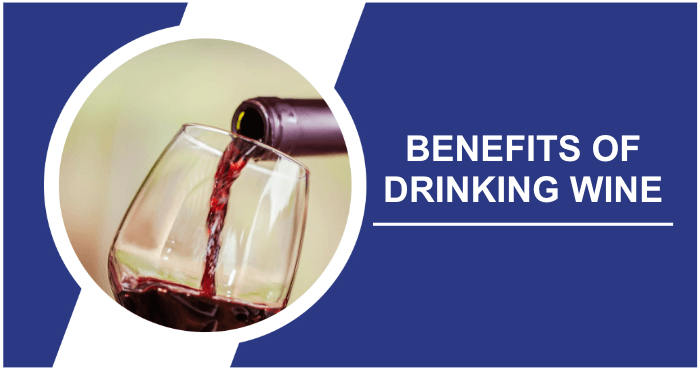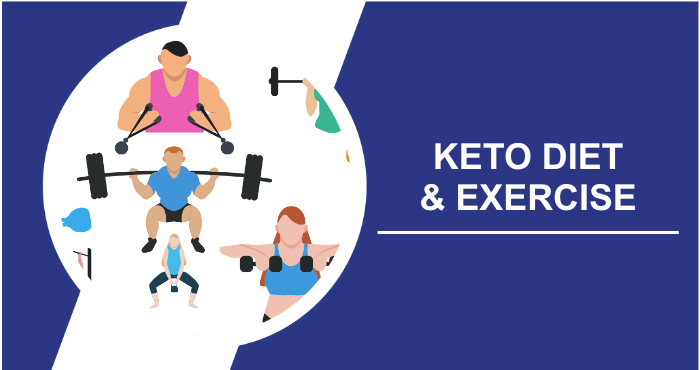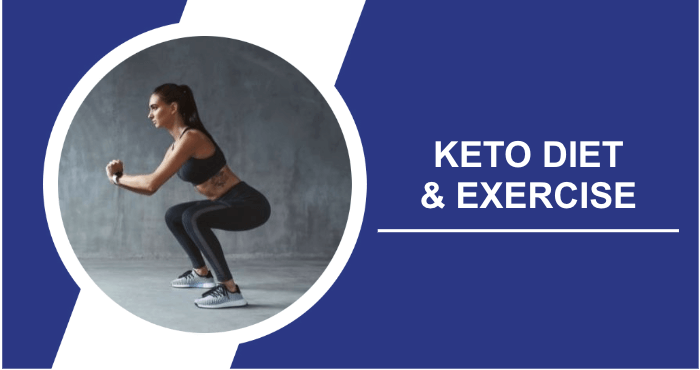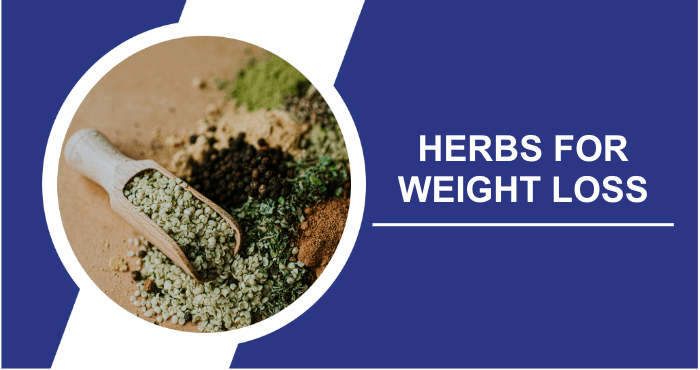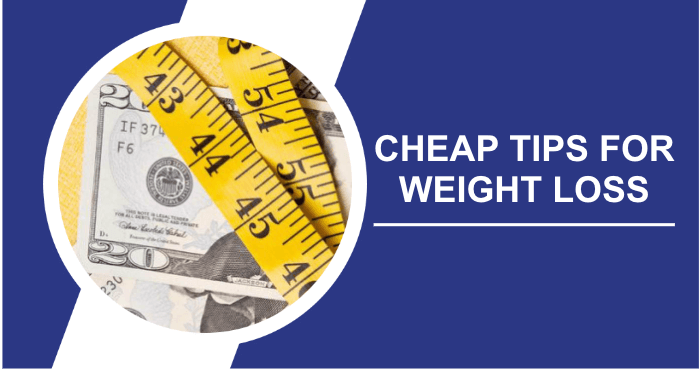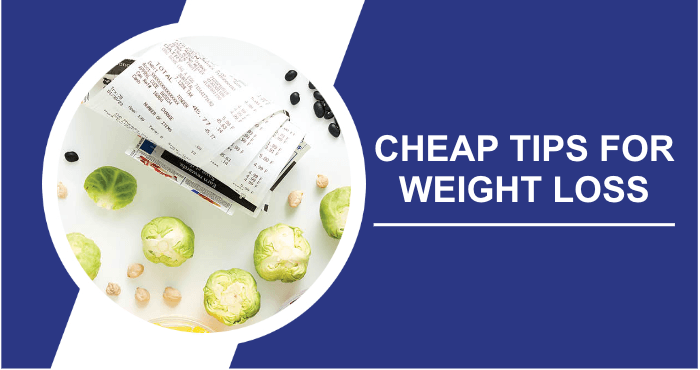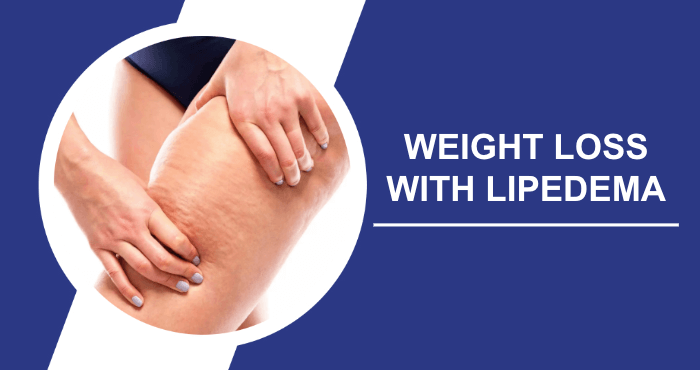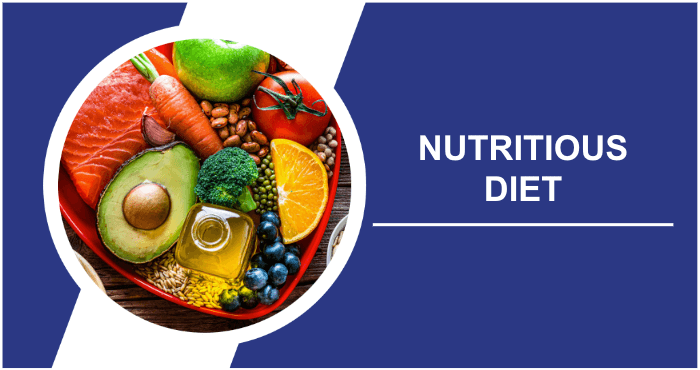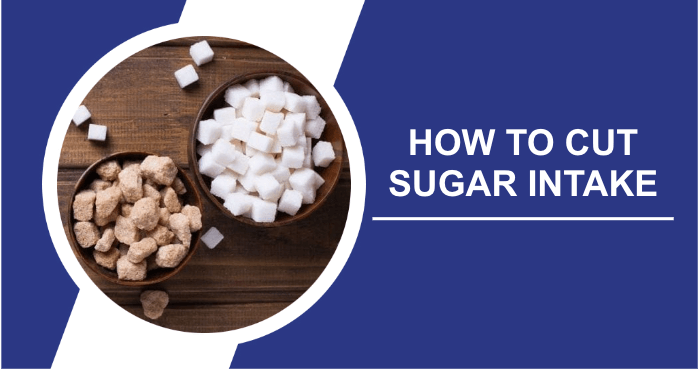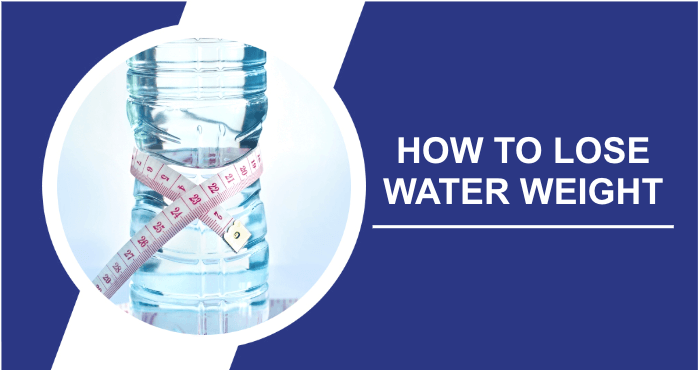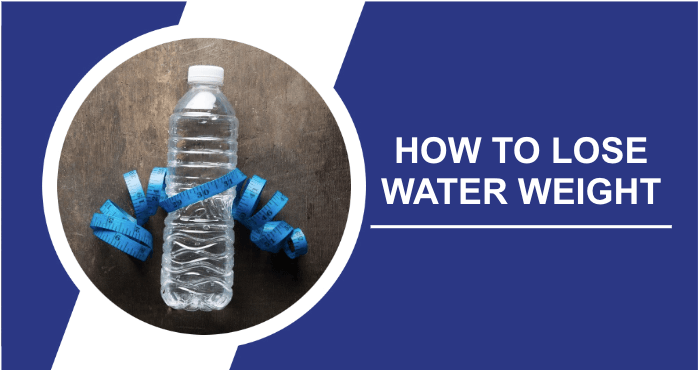Morning routines provide a solid foundation for the day, especially in weight management where it’s important to get your metabolism going and start the day off on a positive note. Developing a simple morning routine to shed pounds is fairly straightforward; the most challenging aspect is maintaining consistency.
Whether you prefer a hearty breakfast, a quick smoothie on the go or don’t feel hungry until lunchtime, there are a number of tips and tricks you can use to create your own personal morning weight loss strategy. And remember, not every tip has to be about food.
7 Basic Morning Practices For Weight Loss
- Start with hydration when you wake up
- Get some physical activity
- Eat a high-protein breakfast
- Check your weight regularly
- Keep track of your progress
- Get extra sleep
- Drink coffee or green tea
How Long Should My Morning Ritual Be?
The ideal length of a morning ritual depends on individual needs and schedules. Typically, 20 to 30 minutes is sufficient for a balanced routine that includes mindfulness, light exercise and planning for the day. Adjust based on your personal preferences and time constraints for a positive start to your day.
7 Daily Morning Routines For Weight Loss
Discover the top morning routines and beneficial practices that will help you shed excess weight and maintain a healthy body weight over time.
Start With Hydration Every Morning
Start your day by drinking a glass of water before breakfast or coffee. Research shows that drinking water on an empty stomach increases your metabolic rate and helps to kick-start the fat-burning process. It can also help control your hunger, preventing you from overeating at breakfast.
In addition, adding a squeeze of lemon to your water can protect your stomach lining, reducing the risk of excess stomach acid and subsequent heartburn symptoms after your tea and breakfast. Some studies suggest that the inclusion of lemon polyphenols may further aid fat and weight loss.
Engage In Physical Activity
Exercising early in the day can boost your metabolism and start the fat-burning process as your body uses and processes body fat for energy. It can also help maintain stable blood sugar levels throughout the day, preventing sugar highs and lows.
A basic morning workout routine for weight loss will also help improve blood circulation and the functioning of your lymphatic system, increasing the efficiency of toxin elimination and reducing any signs of inflammation. Exercise also helps reduce stress, prevents your immune system from being overwhelmed, protects your cardiovascular system and helps regulate your blood sugar levels.
Opt For A High-Protein Breakfast
For those who enjoy breakfast, opt for a protein-rich meal. A substantial and satisfying breakfast can keep you full until lunchtime, reducing the tendency to snack unnecessarily. It can also curb cravings for sweets and keep you feeling fuller for longer.
Research shows that a high-protein breakfast helps prevent the accumulation of body fat and reduces total daily calorie consumption, while reducing hunger signals. Excellent protein-rich breakfasts include eggs, cottage cheese, Greek yoghurt, chia seed pudding and a small portion of nuts. For those used to a high carbohydrate breakfast, consider creative alternatives.
There are many grain-free and paleo breads on the market that are carbohydrate free; make your favourite pancakes with almond flour and replace oatmeal with a grain-free muesli option.
Monitor Your Weight
Stepping on the scale first thing when you wake up can be an effective way to stay accountable and keep your enthusiasm high for achieving your wellness and fitness goals. Observing a decrease in your scale reading can increase self-discipline and reinforce your understanding of your actions and their purpose.
A lot of research supports this concept, but it’s important to realise that weight loss is not always a straight line, especially if you’re doing strength training. While you may be losing fat, you may also be building muscle, which means that the numbers on your scale may not change significantly. But don’t be alarmed. Instead of fixating on the number on the scale, use a visual tracking approach as part of your morning routine to monitor your weight loss, just as you would with any other measurement technique.
Take Progress Pictures
Although the scale can sometimes seem like an enemy, photographic evidence of progress is undeniable. Set aside one day a week to take photos from consistent angles, ideally wearing the same clothes each time. This will allow you to visibly track your improvements.
It can also be beneficial to record some body measurements and monitor any changes. You’ll probably notice a reduction in your body measurements, even if the scale remains static. Finally, trust your own feelings – how do your clothes fit now compared to a week or a month later?
Rest
If you are not in a hurry to get to work or somewhere else, take the opportunity to press the rest button and extend your sleep. Getting a good night’s rest is essential for your wellbeing, and research suggests that it has a positive impact on your weight loss journey.
Conversely, sleep deprivation has been linked to reduced levels of the satiety hormone (leptin), increased levels of the appetite hormone (ghrelin) and increased body mass index (BMI). Some research also shows a link between sleep deprivation and increased sugar cravings, while other studies show how sleep deprivation can increase your daily calorie intake.
Drink Coffee Or Green Tea
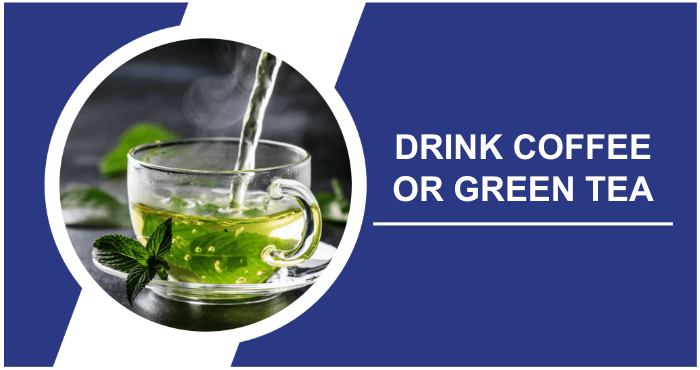
The American Journal of Clinical Nutrition suggests that caffeine can boost your metabolism by up to 11%. If you’re a coffee lover, you’ll jump at the chance to enjoy your morning brew, but if you’re not, consider trying a variety of green teas. This is a quick, 10-second morning routine that can add extra elements to your diet such as catechins, which are powerful antioxidants that help break down fat and promote weight loss.
How Important Is Consistency?
Consistency in maintaining a morning weight loss ritual is crucial. It establishes a routine that can improve metabolic efficiency and promote healthy habits. Regularity helps the body adapt to a new regime, potentially improving weight loss results. In addition, consistent morning rituals can set a positive tone for the day, encourage healthier choices and reinforce the discipline that is key to achieving and maintaining weight loss goals.
Why Do Morning Routines Help You Lose Weight?
Morning rituals are easy to stick to. They mark the start of a fresh day, full of potential. Biologically, waking up triggers your circadian rhythm and therefore your metabolic rate. This prepares you for the day ahead and allows you to end it feeling fulfilled and triumphant.
How Do I Motivate Myself For A Morning Routine?
To motivate yourself for a morning routine, start by setting a specific, achievable goal that excites you. Visualise how completing this routine will improve your day. Prepare the night before to reduce morning stress, such as laying out clothes or preparing breakfast. Incorporate activities you enjoy, such as a favourite song or a refreshing shower, to create positive associations. Reward yourself after completing the routine and remember to be patient and kind to yourself as you build this new habit.
Are There Any Supplements To Take In The Morning?
For weight loss, taking certain supplements in the morning can be beneficial. Green tea extract is known to boost metabolism and help burn fat. Protein powder can help reduce appetite and keep you feeling full. Conjugated linoleic acid (CLA) helps to reduce fat while maintaining muscle. Caffeine is another option that can increase metabolism and fat burning. Finally, glucomannan, a fibre supplement, helps to create a feeling of fullness.
It’s important to remember that these supplements should be part of a balanced diet and exercise programme, and you should consult a healthcare professional before starting any new supplement.
Frequently Asked Questions
What are the best foods to include in a breakfast for weight loss?
Ideal breakfast foods for weight loss are oats, Greek yogurt, eggs, berries, and whole-grain toast. These foods are high in protein, fiber, and essential nutrients while being low in calories.
Can a morning ritual boost my energy levels?
Yes, a morning ritual that includes hydration, exercise, and a nutritious breakfast can significantly boost your energy levels throughout the day.
Is it beneficial to exercise in the morning for weight loss?
Morning exercise can be very effective for weight loss as it boosts your metabolism early in the day and can lead to more calories burned throughout the day.
What role does hydration play in a morning weight loss ritual?
Hydration in the morning helps to kick-start your metabolism, aids in digestion, and can reduce feelings of hunger, contributing to weight loss efforts.
Can mindfulness or meditation be part of a morning ritual for weight loss?
Yes, mindfulness or meditation can reduce stress, which is often linked to weight gain. They can also help in developing a more mindful eating approach.
Conclusion
While weight loss depends on your total calorie intake and expenditure, establishing a regular morning routine will help you lose weight and keep it off. Start your day with water and an invigorating workout, enjoy your favourite caffeinated beverage, formulate a nutritious, protein-rich diet, and make sure you’re getting adequate rest. These morning weight loss routines will not only help you maintain a lower weight, but also prevent future weight gain. They’ll also keep you inspired, improve your concentration and help you stay committed to your fitness goals.
Sources
- National Institute of General Medical Sciences (NIH). “Circadian Rhythms.” Read Article.
- Boschmann, M. et al. (2003). “Water-induced thermogenesis.” The Journal of Clinical Endocrinology and Metabolism, 88(12), 6015–6019. Read Article.
- Davy, B. M. et al. (2008). “Water consumption reduces energy intake at a breakfast meal in obese older adults.” Journal of the American Dietetic Association, 108(7), 1236–1239. Read Article.
- Fukuchi, Y. et al. (2008). “Lemon Polyphenols Suppress Diet-induced Obesity by Up-Regulation of mRNA Levels of the Enzymes Involved in beta-Oxidation in Mouse White Adipose Tissue.” Journal of Clinical Biochemistry and Nutrition, 43(3), 201–209. Read Article.
- Hoertel, H. A., Will, M. J., & Leidy, H. J. (2014). “A randomized crossover, pilot study examining the effects of a normal protein vs. high protein breakfast on food cravings and reward signals in overweight/obese ‘breakfast skipping’, late-adolescent girls.” Nutrition Journal, 13, 80. Read Article.
- Nystoriak, M.A. and Bhatnagar, A. (2018). “Cardiovascular Effects and Benefits of Exercise.” Read Article.
- Miller, M. A. et al. (2021). “Systematic review and meta-analyses of the relationship between short sleep and incidence of obesity and effectiveness of sleep interventions on weight gain in preschool children.” Obesity Reviews, 22(2), e13113. Read Article.
- Taheri, S. et al. (2004). “Short sleep duration is associated with reduced leptin, elevated ghrelin, and increased body mass index.” PLoS Medicine, 1(3), e62. Read Article.
- Spiegel, K. et al. (2004). “Brief communication: Sleep curtailment in healthy young men is associated with decreased leptin levels, elevated ghrelin levels, and increased hunger and appetite.” Annals of Internal Medicine, 141(11), 846–850. Read Article.
- Brondel, L. et al. (2010). “Acute partial sleep deprivation increases food intake in healthy men.” The American Journal of Clinical Nutrition, 91(6), 1550–1559. Read Article.


